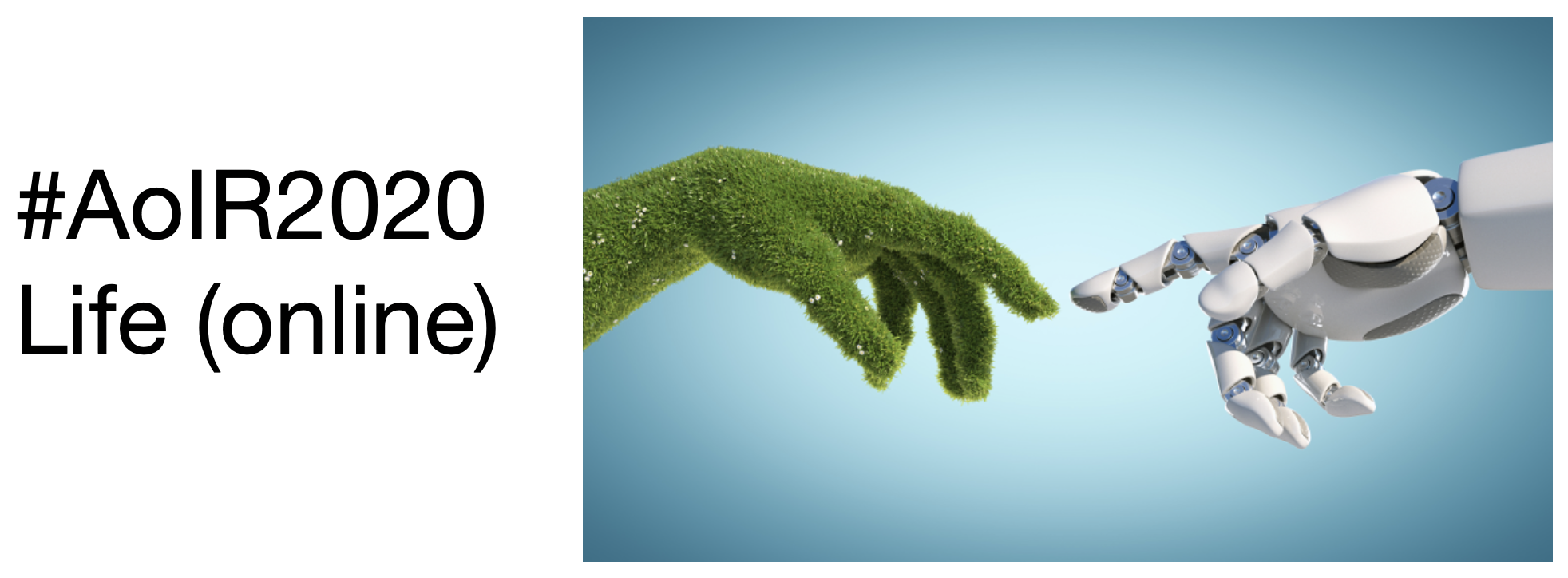THE EVOLUTION OF FACEBOOK'S GRAPH API
DOI:
https://doi.org/10.5210/spir.v2020i0.11185Keywords:
facebook, api, web history, governance, internet archiveAbstract
Facebook’s application programming interfaces (APIs) enable third-party app developers to access data and functionality and have become central to many of the platform’s ongoing data scandals and privacy concerns. Understanding how the platform and its APIs evolve and how it responds to issues requires looking closely and empirically at the evolution of access points, data structures, and graph data structures. The technicity of APIs is crucial for understanding the politics of data sharing and how APIs represent and structure phenomena and temporarily stabilise them. Instead of using APIs as an umbrella term for data retrieval, we conduct historical “technical fieldwork” for examining the evolving architecture and interfaces of Facebook’s web APIs. We contribute an in-depth technical and empirical perspective on the evolution of Facebook’s Graph API since 2006, and how it evolved into one of the most significant web APIs and an integral part of contemporary advertising infrastructures and web development cultures. Our empirical historical analysis of Facebook’s Graph API is based on the entire corpus of available archived developer documentation held by the Internet Archive. As we show, key changes in the Graph API evolution are characterized by phases of experimentation, standardization, commercialization, and regulation. We provide a “scalable reading” of the evolution of Facebook’s Graph API which provides insights in how data and data flows are governed through changes in data structures and permissions. By considering the evolving structures of APIs and individual data objects, we may develop further empirically informed critiques of platforms, APIs, and their data.

